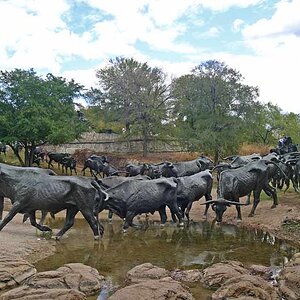exist_and_evolve
TPF Noob!
- Joined
- Feb 11, 2009
- Messages
- 3
- Reaction score
- 0
- Can others edit my Photos
- Photos OK to edit
I am relatively new to the specifics of the actual art of photography. Sure, I've been taking photographs for quite some time, but I would love to go more in depth. I recently discovered the ability to use filters over the lens to change the color and such. I am completely virgin to this process obviously so any information, tips and advice is encouraged!!
THANKS!
-shara-
THANKS!
-shara-



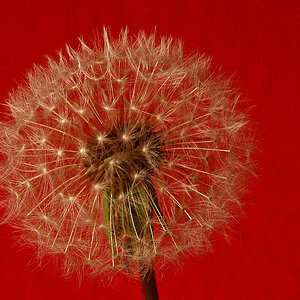

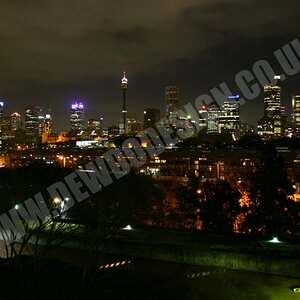
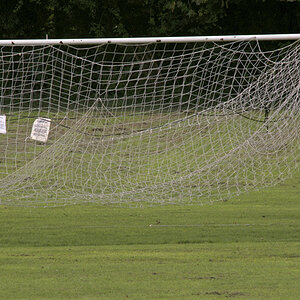


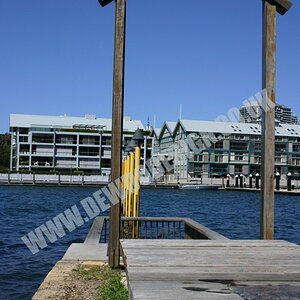
![[No title]](/data/xfmg/thumbnail/42/42056-76026251cb5ebb85b4a4d281d36121d8.jpg?1619739992)


